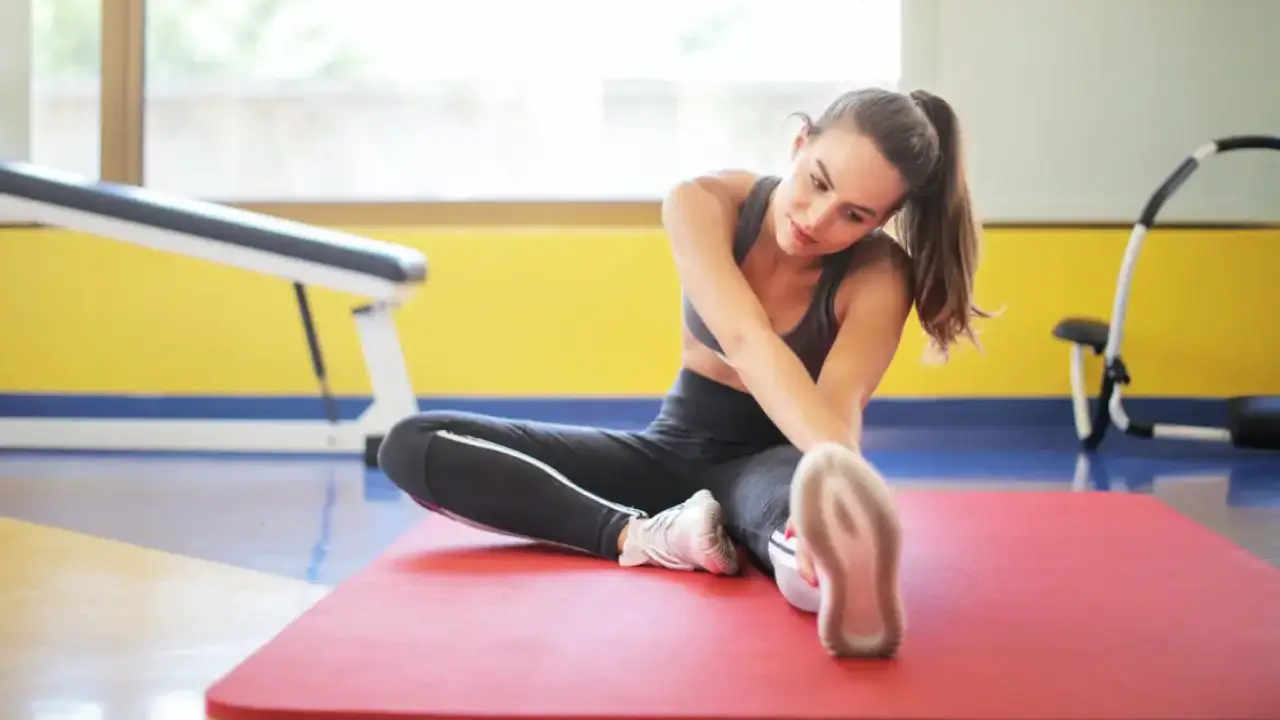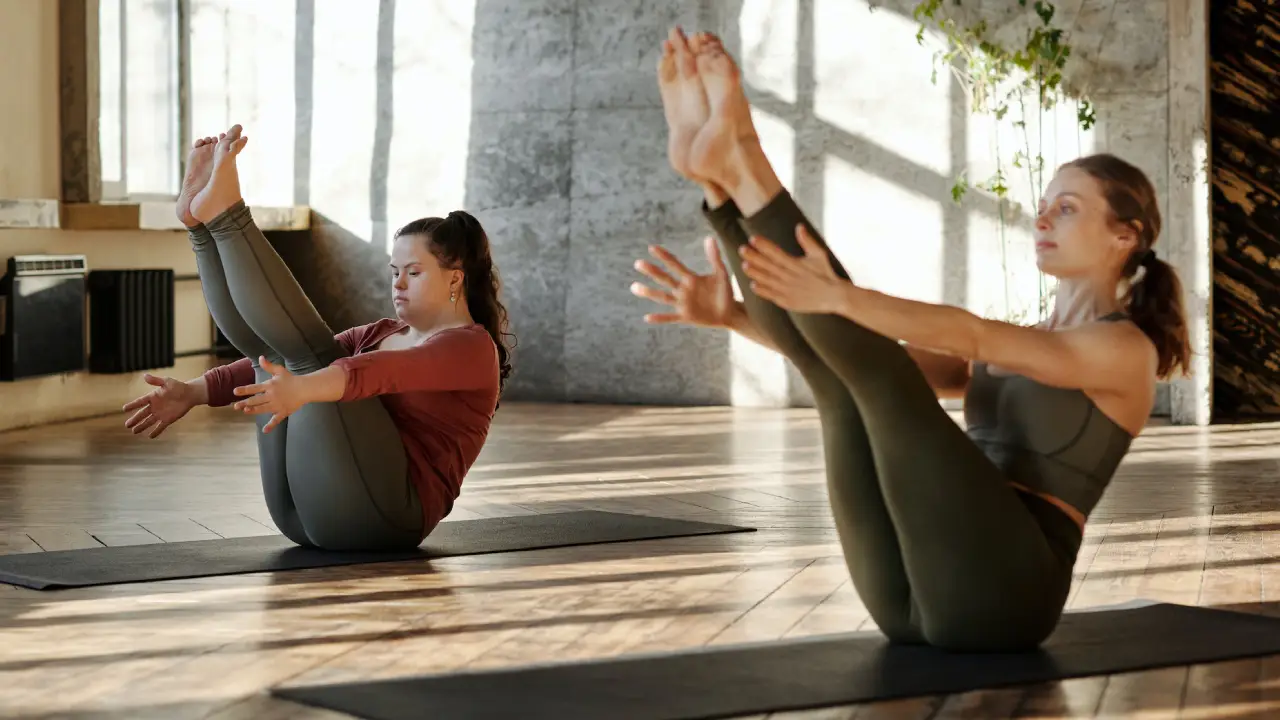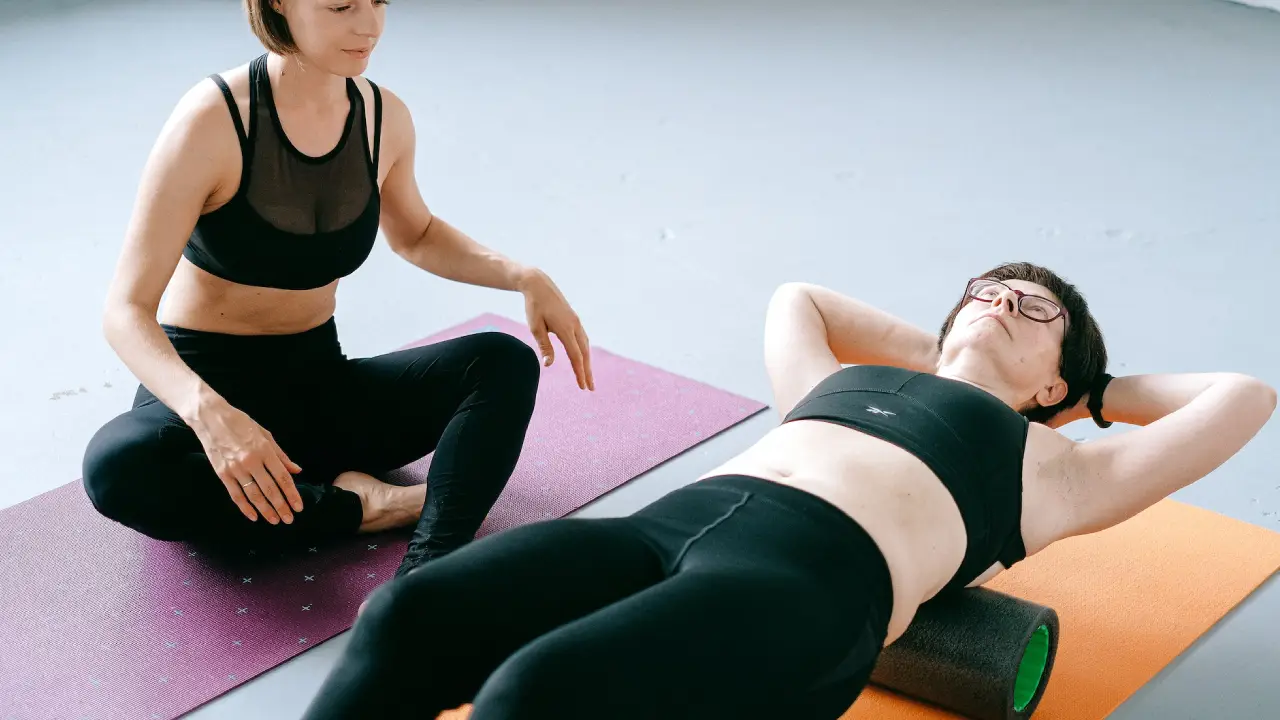Stretching is an important aspect of fitness that is often overlooked. Incorporating stretching into your fitness routine can help improve flexibility, range of motion, and prevent injuries. However, many people are unsure of how to properly stretch or which stretches to include in their routine. In this blog post, we will discuss the benefits of stretching for success, the different types of stretches, and how to incorporate stretching into your fitness routine.
Benefits of Stretching for Success
Before we delve into how to incorporate stretching into your fitness routine, let’s first discuss the benefits of stretching. Stretching has many benefits, including:
Improved Flexibility and Range of Motion:
Stretching helps improve flexibility by increasing the range of motion in your joints. This can be beneficial for athletes, as well as those who are simply looking to improve their overall flexibility.
Reduced Risk of Injury:
Stretching helps reduce the risk of injury by preparing your muscles for physical activity. When your muscles are properly stretched, they are less likely to become injured during physical activity.
Improved Posture:
Stretching for success can also help improve posture by correcting imbalances in your muscles. This can help reduce the risk of back pain and other musculoskeletal issues.
Reduced Muscle Soreness:
Stretching can help reduce muscle soreness after a workout by increasing blood flow to the muscles. This can help speed up the recovery process and allow you to get back to your workouts sooner.
Types of Stretches
There are several different types of stretches, each with its own benefits. The four main types of stretches are:
Static Stretches:
Static stretches involve holding a stretch in a stationary position for a period of time. This type of stretch is great for improving flexibility and range of motion.
Dynamic Stretches:
Dynamic stretches involve moving your body through a range of motion. This type of stretch is great for preparing your muscles for physical activity.
PNF Stretches:
PNF (proprioceptive neuromuscular facilitation) stretches involve contracting and relaxing your muscles while stretching. This type of stretch is great for improving flexibility and range of motion.
Ballistic Stretches:
Ballistic stretches involve bouncing or jerking movements to stretch your muscles. This type of stretch is not recommended, as it can increase the risk of injury.
How to Incorporate Stretching into Your Fitness Routine
Now that we’ve discussed the benefits of stretching and the different types of stretches, let’s discuss how to incorporate stretching into your fitness routine.
Warm-up Before Stretching:
It’s important to warm up your muscles before stretching for success to prevent injury. A good warm-up should involve 5-10 minutes of light cardio, such as jogging or jumping jacks.
Include a Variety of Stretches:
It’s important to include a variety of stretches in your routine to target all of your muscles. Try to include static, dynamic, and PNF stretches in your routine.
Stretch After Your Workout:
Stretching after your workout can help reduce muscle soreness and improve flexibility. Make sure to stretch all of your major muscle groups, including your legs, hips, back, chest, shoulders, and arms.
Hold Stretches for 15-30 Seconds:
When stretching, it’s important to hold each stretch for 15-30 seconds. This will give your muscles enough time to properly stretch.
Don’t Overstretch:
While stretching for success is important, it’s important not to overstretch. Overstretching can lead to injury, so make sure to only stretch to the point of mild discomfort.
Stretch Regularly:
In order to see the benefits of stretching, it’s important to stretch regularly. Try to stretch at least 3-4 times per week.
Incorporate Stretching into Your Cool-Down:
Stretching is also important during your cool-down period after exercise. This can help reduce muscle soreness and improve recovery time.
Use Props:
Using props, such as a foam roller or resistance band, can help deepen your stretches and improve flexibility.
Listen to Your Body:
It’s important to listen to your body when stretching for success. If a stretch is causing pain or discomfort, stop immediately.
Seek Professional Guidance:
If you’re unsure about how to properly stretch or which stretches to include in your routine, consider seeking professional guidance from a fitness instructor or physical therapist.
Conclusion:
Incorporating stretching into your fitness routine is essential for improving flexibility, reducing the risk of injury, and improving overall physical performance. By following these tips, you can create a stretching routine that works for you and helps you achieve your fitness goals. Remember to always warm up before stretching for success, include a variety of stretches, stretch regularly, and listen to your body. Happy stretching!





